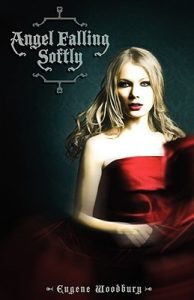Self-publishing isn’t a new thing. Some of the world’s classics were self-published, although I’m not so arrogant as to think I rank up there with the likes of Mark Twain, Elizabeth Barrett Browning, Willa Cather, e.e. cummings, and Alexander Dumas.
However, it’s new to me. When I was trying to get published back in the ’90s, self-publishing (then only vanity publishing, really) was not only expensive, but the kiss of death. Now…not so much. With concepts such as ebooks, print-on-demand, and the internet itself, the technology is there to do it quickly, relatively cheaply, and to one’s satisfaction (i.e., artistic control). Filmmakers have been doing this for years as have musicians.
I’ll not go into all the reasons I decided to do this myself, but this post by agent Lori Perkins validated my decision to do so.
I’m all about DIY, free markets, and workaround solutions. No, I won’t have a print run of 175,000. Hell, I won’t even have a print run, period. But I think I have a good product that will never see the light of day unless I take the initiative. My hat’s off to those who’ve gone the traditional route. Either I suck as a writer or I’m too far out in the stratosphere.
And I don’t suck as a writer.
 In my opinion, this is not so much a twisted fairy tale as an example of how to write. I won’t get into all the gush-deconstruction with various adjectives and superlatives because it’s been done ad nauseam (by an agent, even!)
In my opinion, this is not so much a twisted fairy tale as an example of how to write. I won’t get into all the gush-deconstruction with various adjectives and superlatives because it’s been done ad nauseam (by an agent, even!)
 Angel Falling Softly
Angel Falling Softly Phyllida and the Brotherhood of Philander
Phyllida and the Brotherhood of Philander